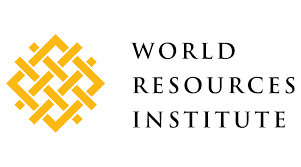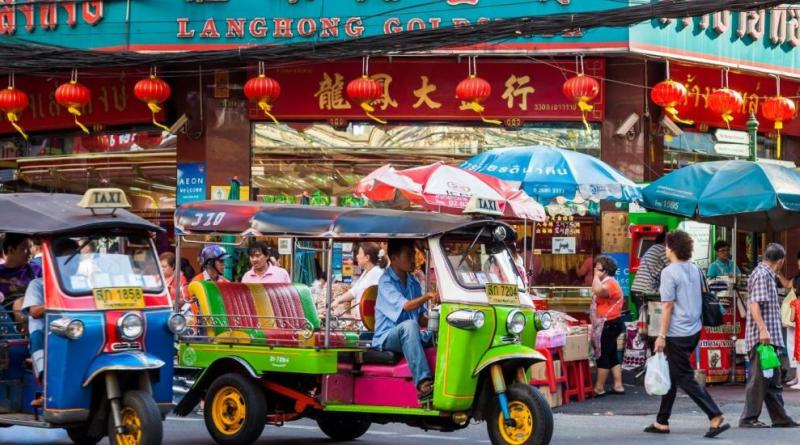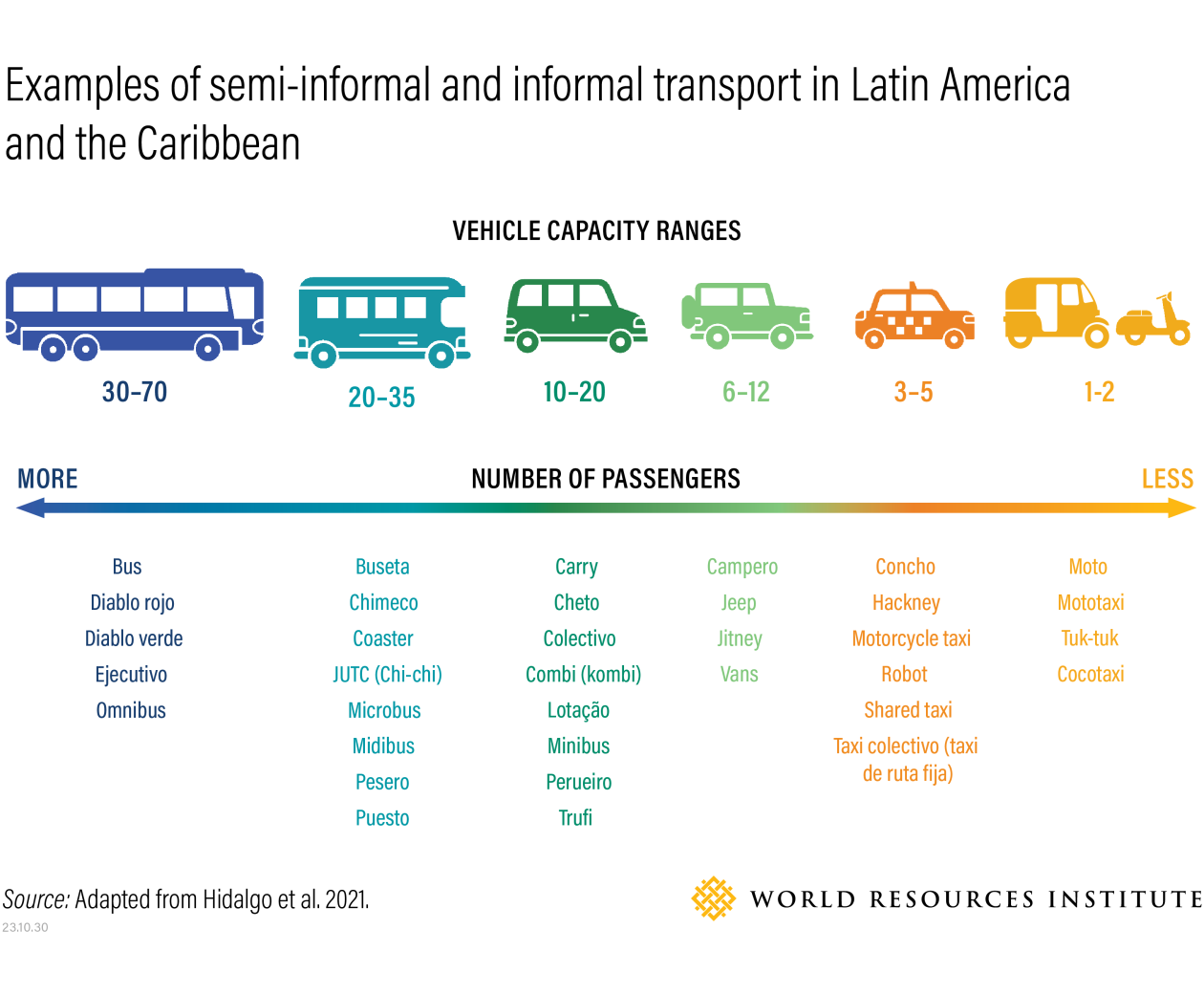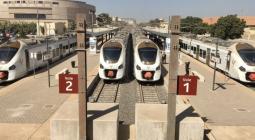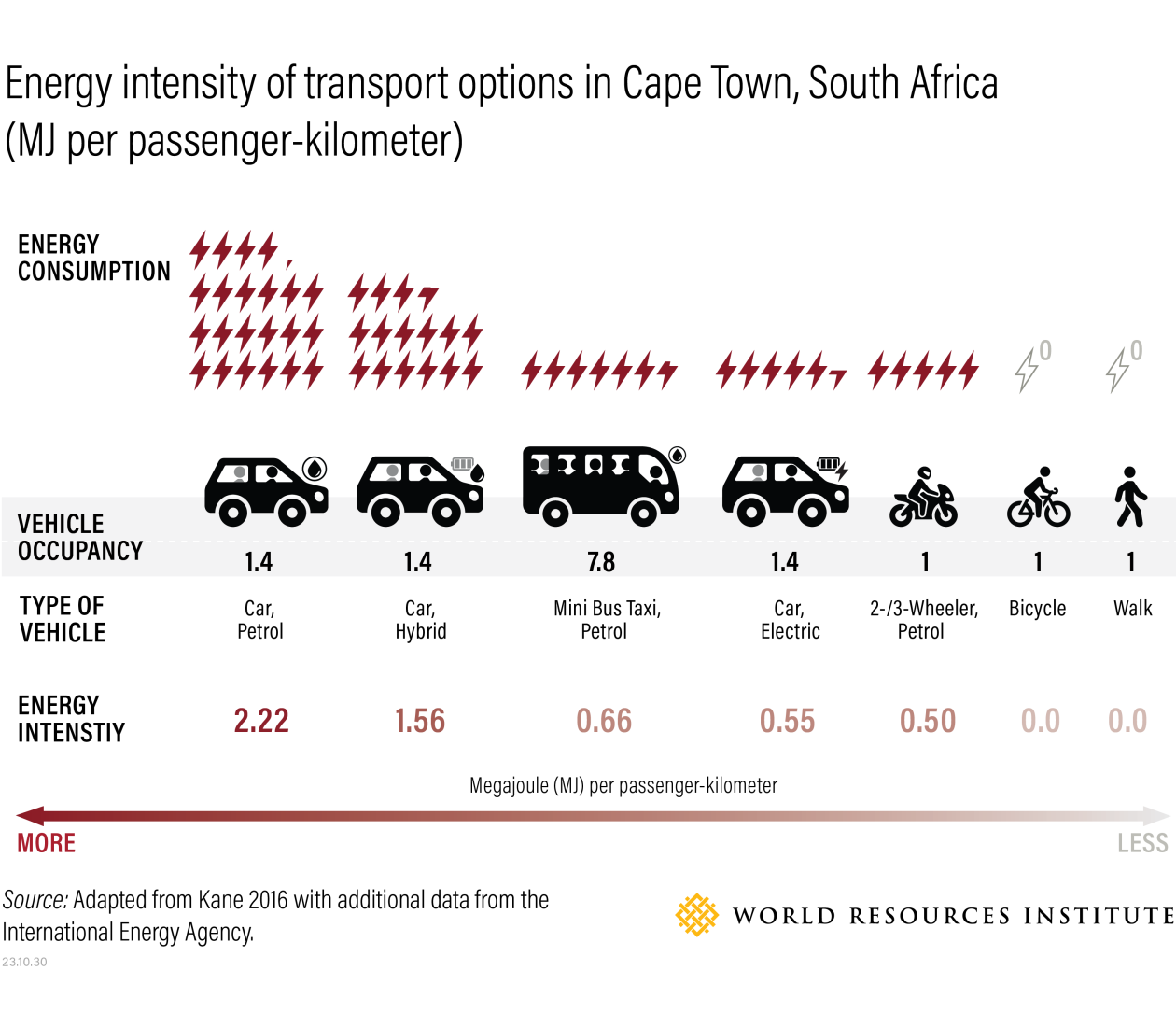
While formal public transport is a critical piece of the puzzle, informal transport can also play a bigger role moving forward. Over the last few decades, cities in developing countries have experienced rapid economic and population growth. Governments have often not been able to meet growing mobility demands with formal public transport services, and small-scale paratransit operators have emerged to fill this gap. Not only that, but they employ a huge workforce worldwide.
This represents an opportunity for governments to leverage systems that are already deeply ingrained in society as they work to improve public transport options and lower emissions — rather than simply ignoring informal transport (as most do now) or attempting to supplant it with a fully top-down formal network. The latter, if not done carefully, has the potential to disrupt services, raise transportation costs and affect the jobs of vehicle drivers.
Addressing Key Issues Is Essential for Making Informal Transport Climate-friendly
To fully leverage the benefits of informal transport, countries must address a host of challenges within these systems. For starters, they may not be accessible to all riders. Lower-demand areas sometimes aren’t served at all, and drivers may charge predatory fares in part due to lack of an hourly wage. There is also much room for improvement in quality, safety and reliability. One study conducted in Kenya found that matatus (privately owned minibuses) are older than most vehicles, with an average age of 17 years. These vehicles are often overloaded and could be made safer and more comfortable for passengers.
In addition, while informal transport is often more energy efficient per passenger-kilometer traveled than private cars, individual vehicles often have higher fuel consumption. For example, many paratransit systems in sub-Saharan Africa rely on aged, used vehicles imported from higher-income countries, where proper recycling can be more expensive than exporting. Despite age regulations, fuel efficiency for vehicles like boda bodas, tuk-tuks, matatus, and passenger cars can be 2-3 times worse in the import country than in the country of origin. This may be due to emissions control technology malfunctioning or being removed before the vehicles are imported or running on lower-quality fuels. These are key opportunity areas for the informal transport sector to transition towards becoming more environmentally friendly.
How Can Countries Improve Informal Transport?
First and foremost, governments should acknowledge and incorporate the informal transport sector in national policy alongside formal transport systems.
Unfortunately, where the informal transport sector has been acknowledged in the past, governments have generally taken one of two approaches: either banning vehicles from city centers or replacing them with formal public transport, often without considering existing operators. This not only risks the livelihoods of transport workers who rely on informal systems — including drivers, conductors, mechanics and others — but may also deprive vulnerable residents of an affordable transport option. Successfully leveraging these systems will require careful planning and investment to avoid such harmful side effects.
Informal transport systems vary drastically across regions, so no single set of policy guidelines will work in every scenario. There are, however, cross-cutting areas where governments and others can take action to maximize the benefits of these services while improving riders’ experience and reducing emissions.
1) Collect consistent data on emissions and operations
City officials cannot address pollution from informal transport without consistent, quality data on the number of vehicles in operation, how far they travel each day, their average fuel efficiency and emissions, and whether there are frequent inefficiencies, such as long idling times while waiting for passengers. At present this data is collected only in small clusters, if at all, and is not always publicly available.
A coalition of transport and climate organizations, the Transport Data Commons Initiative, has developed an open-source platform to help fill these knowledge gaps and provide a centralized database. Once baseline data is available, tailored solutions can be applied, such as electrification; vehicle repairs and upgrades to increase safety; deploying higher capacity vehicles along popular routes; connecting riders with drivers to reduce waiting times, and more.
Better mapping of informal transit routes can also help identify inefficiencies and improve services for riders. Governments, local communities of practice, universities, nonprofits and the private sector can all play a role here. For example, Digital Transport for Africa (DT4A), which unites a global community of data collectors and open contributors, provides open data sets for transit systems in African cities. This can be used to support everything from route planning to electrification and emissions calculation. In Bolivia, the mobile app Trufi provides route options integrating buses, microbuses and informal Trufi taxis, with an option for users to report missing routes and contribute new data.
Not only do these kinds of apps improve data on coverage and efficiency, but they can benefit riders, too; for example, by allowing them to e-hail vehicles. Many passengers, especially women, see app-based services as safer due to driver training and improved safety standards.
2) Provide targeted policy support and finance
Improving the popular transport sector also offers a key avenue for governments to mitigate transport-related safety, climate and air quality issues. This could include implementing initiatives such as vehicle scrappage and fleet renewal programs to upgrade to cleaner and safer vehicles; vehicle roadworthiness inspections; and offering financial literacy and business skills training to drivers and operators. A vital first step for countries is to acknowledge the popular transport sector and its associated emissions in their national sustainability plans and in their national climate plans (NDCs).
Policymakers must carefully assess the potential benefits and drawbacks of interventions in this sector, including costs and timeframes, and ensure that actions are context-specific and non-punitive. Government subsidies may be necessary, particularly in the case of larger-scale reforms. For example, in Mexico City, the transportation ministry identified high-traffic corridors and created an incentive program to pay $100,000 Mexican pesos (about $10,000 USD) for each jitney scrapped and replaced with a larger bus. The program both improved efficiency and provided the operators who volunteered to participate with more reliable contracted jobs offering stable incomes and social security benefits. But jitneys were not eradicated from the city; over 1,000 routes still serve 11.5 million passenger trips daily.
When options are limited, governments should prioritize investments in informal services and infrastructure that can bring substantial benefits to their most vulnerable citizens.
3) Electrify informal vehicle fleets
Finally, governments can implement policy measures and financial incentives to support electrification of informal vehicle fleets. This could include low-interest loans, building charging infrastructure or allocating financial aid for pilot programs. In northern India, for example, the Rejuvenation of Auto-Rickshaw in Amritsar through Holistic Intervention (RAAHI) project was launched to transition the city’s three-wheeler transport system to electric vehicles. Vehicle owners receive an initial subsidy as well as low-interest loans from the State Bank of India to replace diesel three- wheelers that do not meet emissions standards.
While electrification will be critical for reducing transport emissions in the long term, including from informal transport, countries may face near-term hurdles. In cities where residents have limited access to reliable electricity, adding EVs to the local demand could strain the electrical grid. And in places where most power generation comes from fossil fuels (such as in South Africa, which relies on 90% coal power), electric vehicles may be drawing primarily from dirty energy sources. Efforts to electrify informal transport should therefore be coupled with measures to improve energy supply and reliability and increase renewable generation.
Paving the Way for Cleaner, More Inclusive Public Transport
Through deliberate improvements, informal transport can act as a powerful brake on the rapid rise of private vehicle usage, helping to both curb greenhouse gas emissions and improve transport access for people worldwide. To learn more about how these services can support climate and development goals, and what countries can do to leverage their potential, see: “Connecting Informal Transport to the Climate Agenda: Key Opportunities for Action” and “Informal and Semiformal Services in Latin America: An Overview of Public Transportation Reforms.”
Cover Image by: fototrav/iStock
